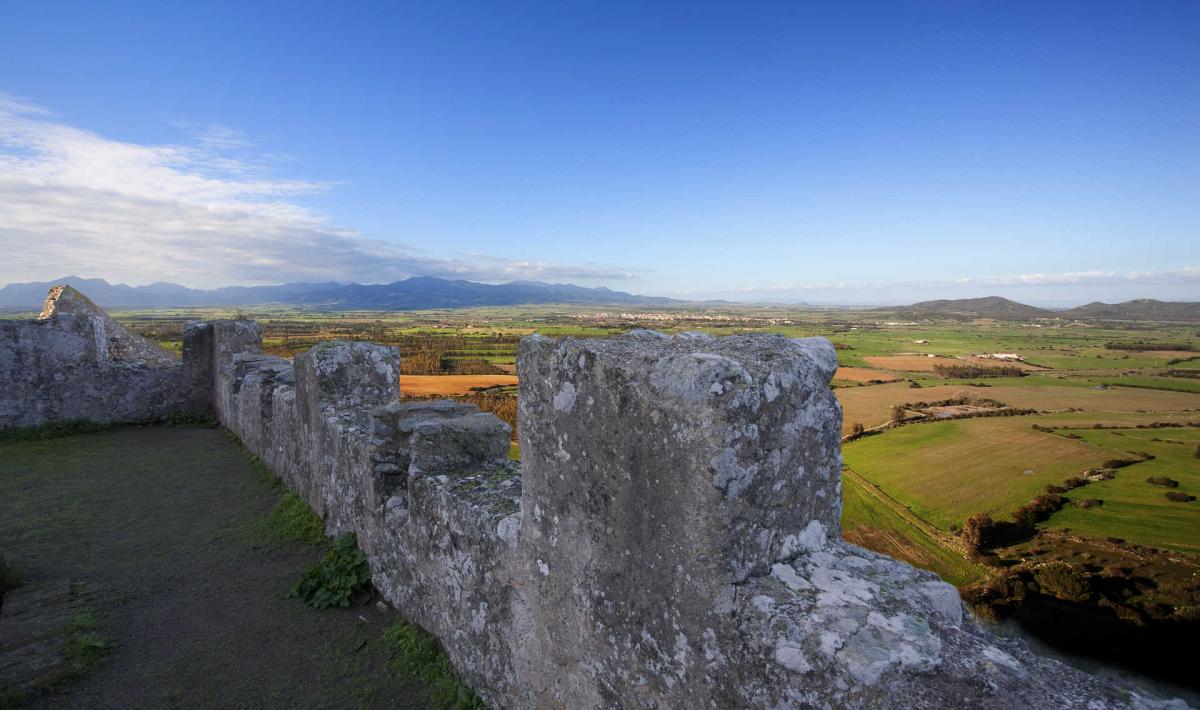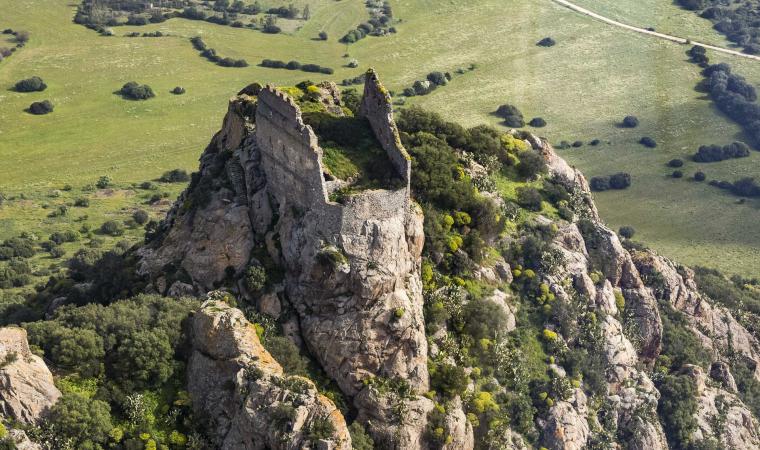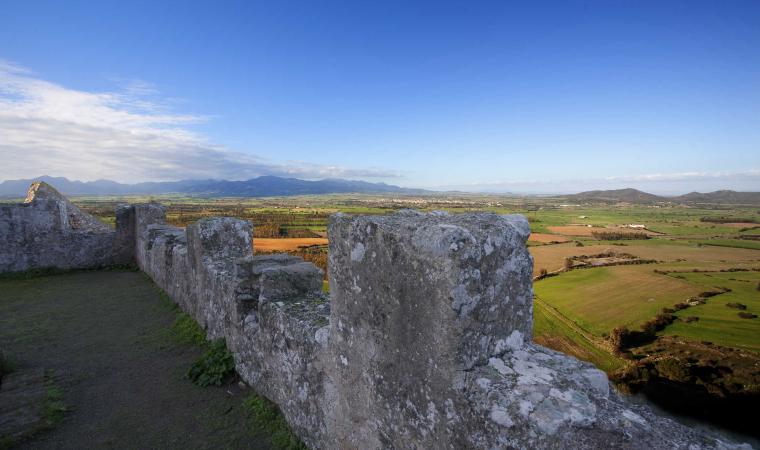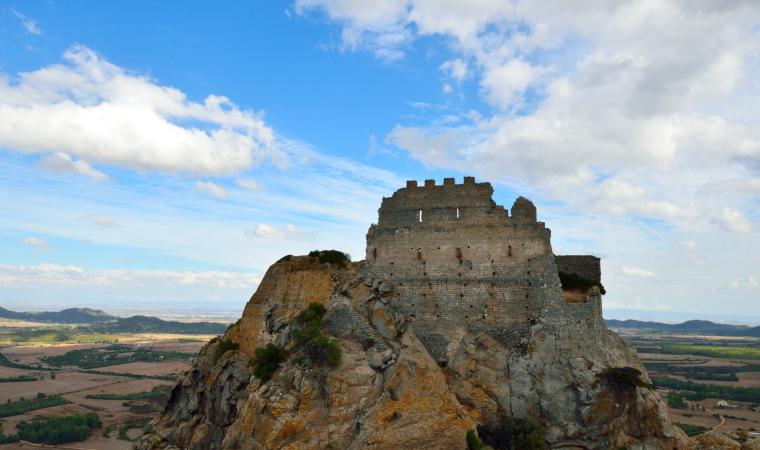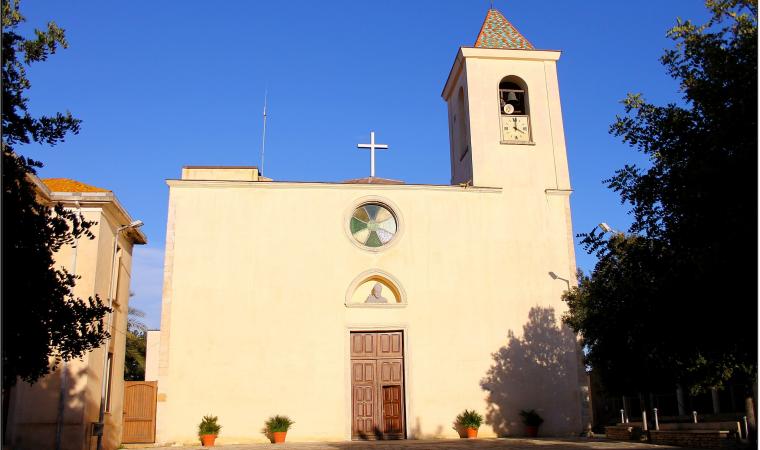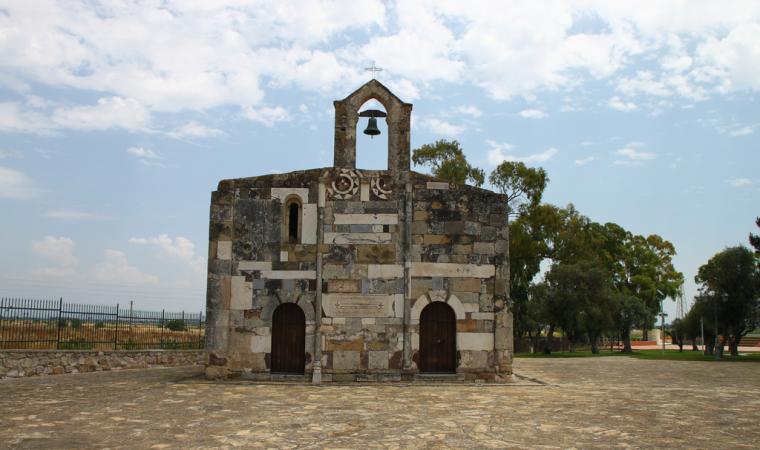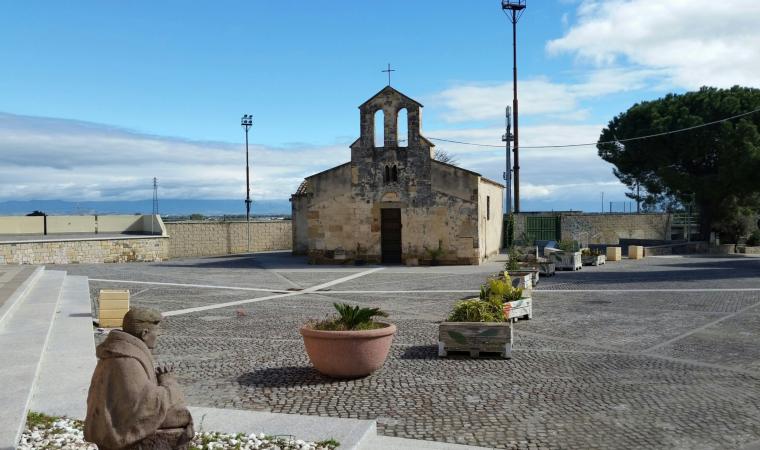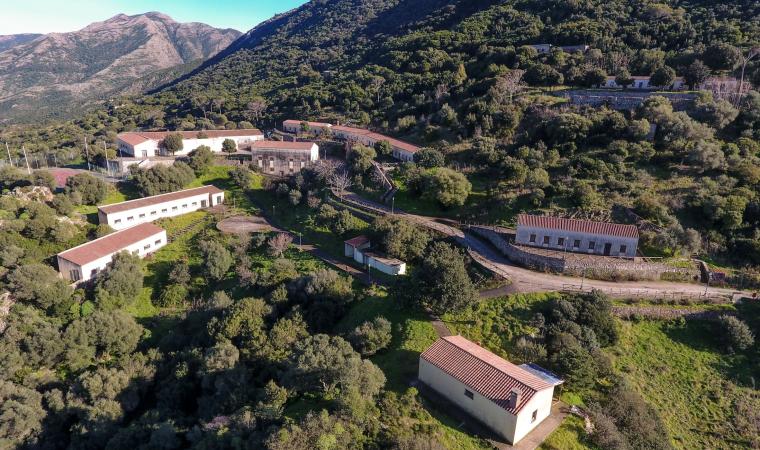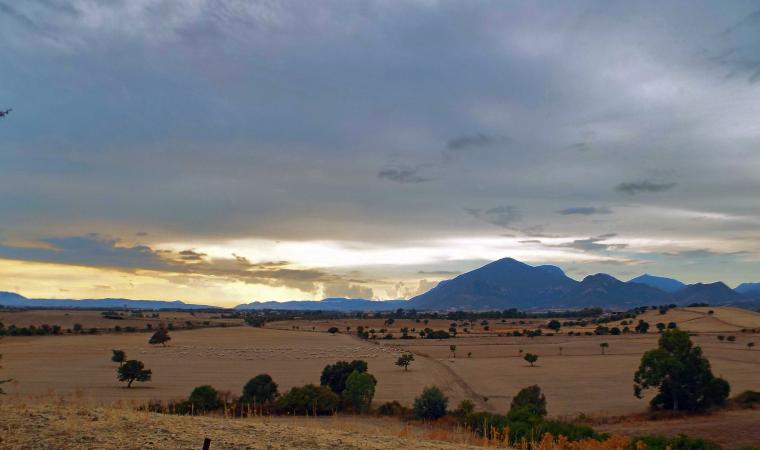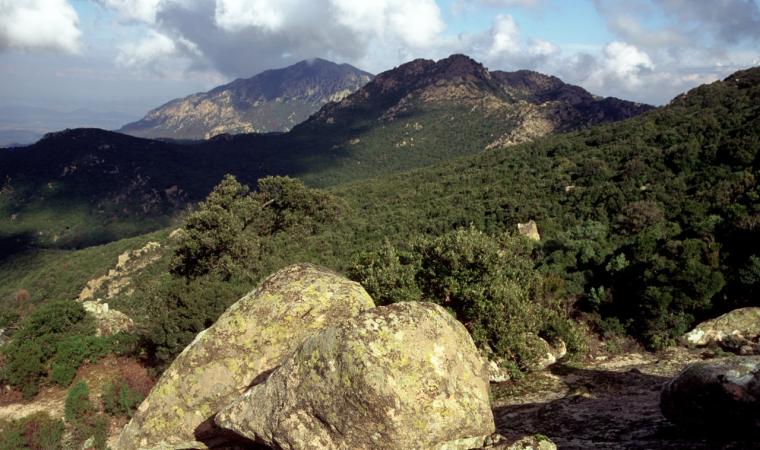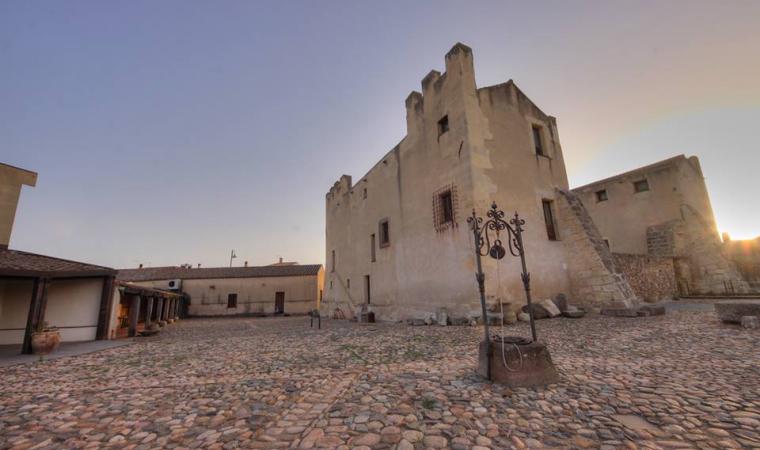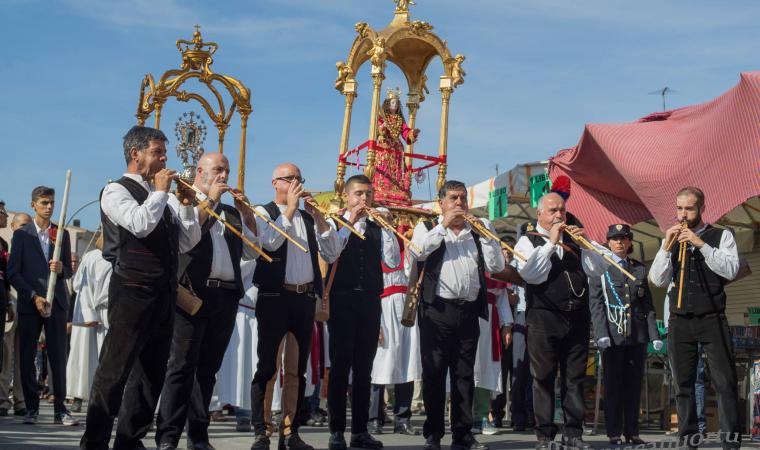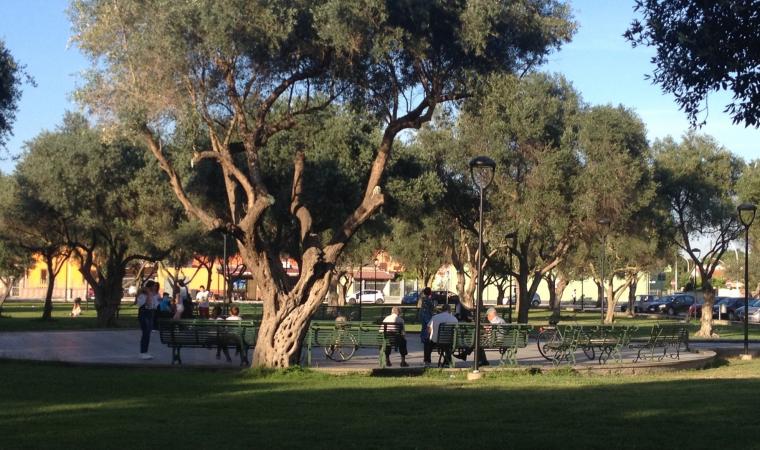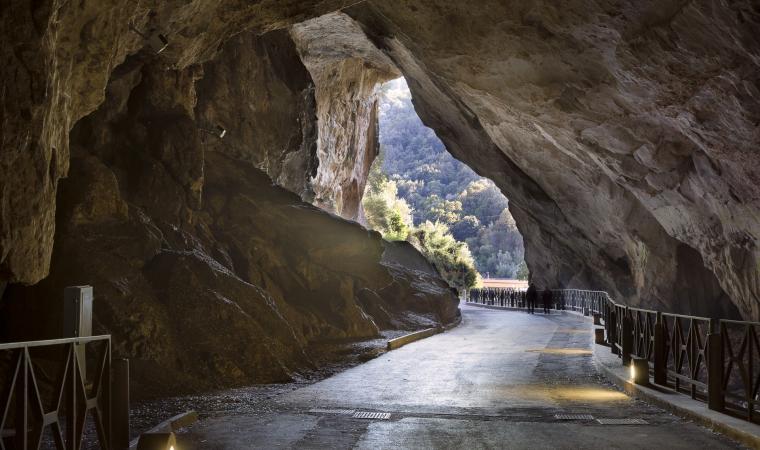The charm of its landscape did not escape Salvatore Quasimodo's attention and he dedicated a lyric poem to it. Siliqua, a municipality with nearly four thousand inhabitants in the lower Sulcis area, dominated by a legendary castle, is located in the valley of the Cixerri river, which marked its historical events, for better and for worse. Its territory occupies part of Mount Arcosu, the largest WWF reserve in Italy, with almost four thousand hectares of forest, in the centre of which there are holm oaks and cork oaks and where the Sardinian deer and the fallow deer roam free. The lush vegetation is moistened by water from the torrents that sometimes 'cascade' like the waterfall of Su Spistiddatroxiu. The trails leading to Mount Lattias will take you through unspoilt environments, with strips of primary holm oak forest, huge oak trees, yew trees and fragrant Mediterranean shrubs. The famous springs of Zinnigas, with their low mineral content water, are nearby.
In the old town centre, the agricultural and pastoral tradition is still alive in the mud and stone houses and in the 'monte granatico' (grain bank), which is worth visiting, as are the churches of San Giorgio and Sant'Anna. The village, referred to in writing for the first time in 1272, was populated by the inhabitants of the village of Acqua Frigida, which emerged around the volcanic hill (a spring gushes from its rocks), with the castle of Acquafredda standing up above it. According to tradition, it was built by the noble Donoratico della Gherardesca family in the southwestern part the Sardinia. In fact, Count Ugolino dei Donoratico, immortalized by Dante in the 23rd canto of Inferno in the Divine Comedy, became its owner in 1257, but the fortress is older (early 13th century). After the death of Ugolino, the fortress passed to Pisa, to the Aragonese and then from one feudal lord to another until it was finally redeemed by the Savoy royal family (1785). The castle dominates the Cixerri valley and is contemporary and connected to the manor houses in Gioiasaguardia (Villamassargia), Baratuli (Monastir) and San Michele (Cagliari). The fortifications were built on three levels: in the upper part there is a keep and the castellan's residence. On the second floor, there is the watchtower, where Vanni Gubetta, the accomplice of Archbishop Ruggeri (also in Dante's Inferno) in the betrayal of Ugolino, was imprisoned. At the foot of the hill, you can take a break by strolling, surrounded by eucalyptus and pine trees , through the andesitic dome. It is the most spectacular of the various rock formations in a unique environment in Italy, with evidence of various phases of the Palaeozoic era. It is of great interest for its geology and also its flora and fauna: the buzzard and the lesser kestrel nest here. The first traces of human presence date back to the Neolithic period: in particular, Sa Perda Fitta known as Su Cuaddu de Sa Mongia. Various ruins and the Tomb of Giants Sa Domu e' S'Orku from the Nuragic era still remain. The fortresses and encampments of Medau Casteddu date back to the Phoenician-Punic era, while the remains of an aqueduct and a necropolis date back to the Roman period. There are also evident signs of industrial archaeology, like the disused mine of Campanasissa.

